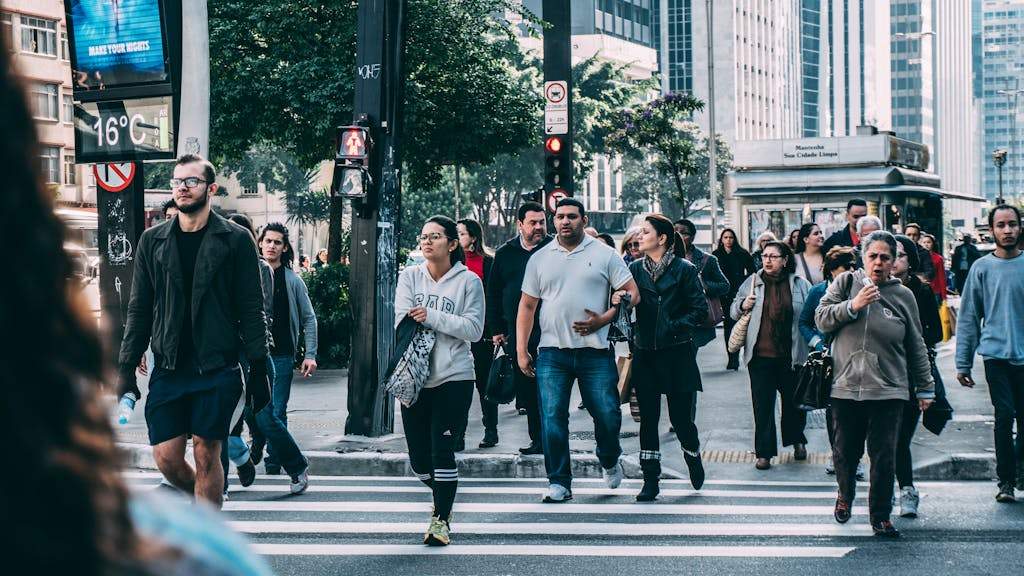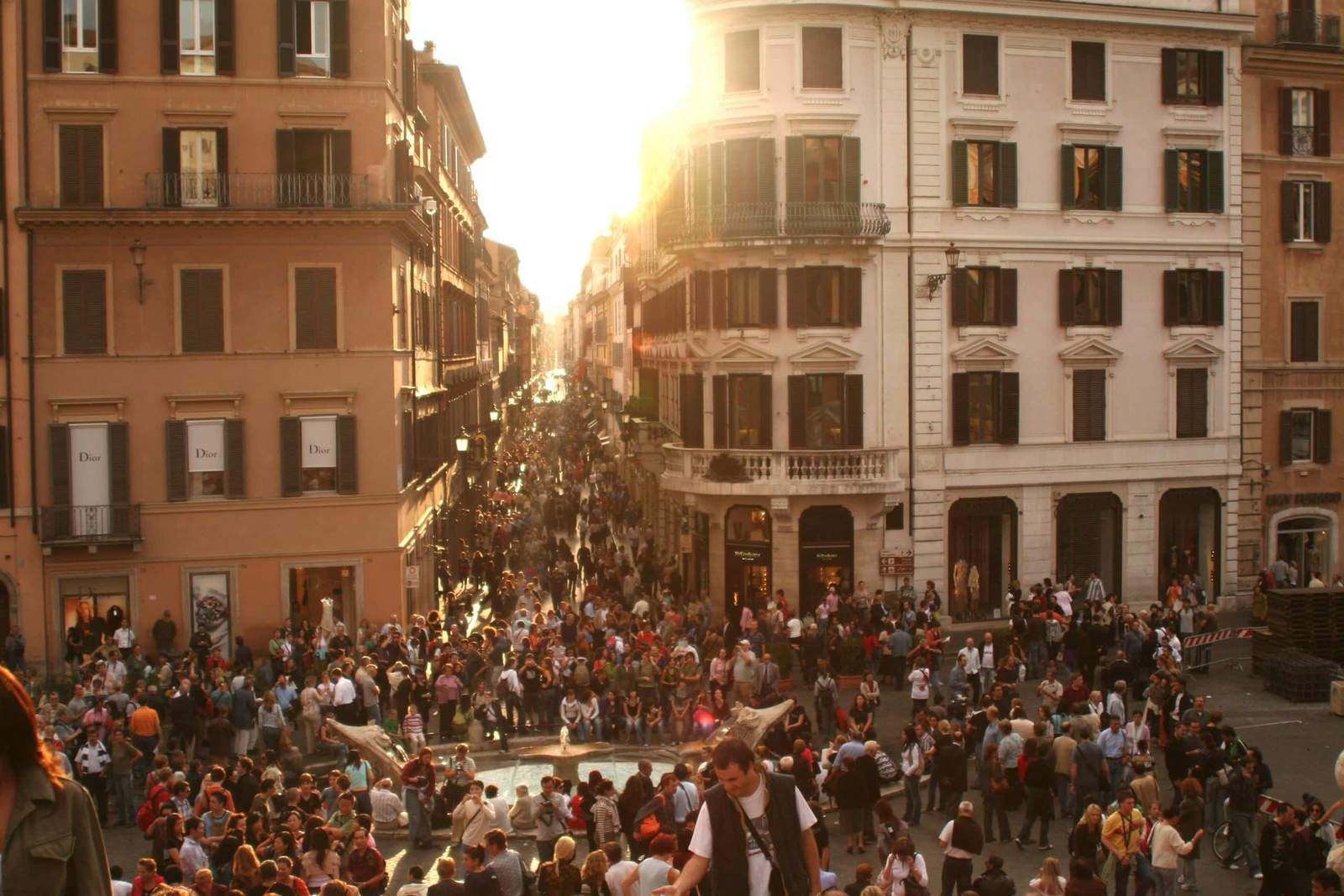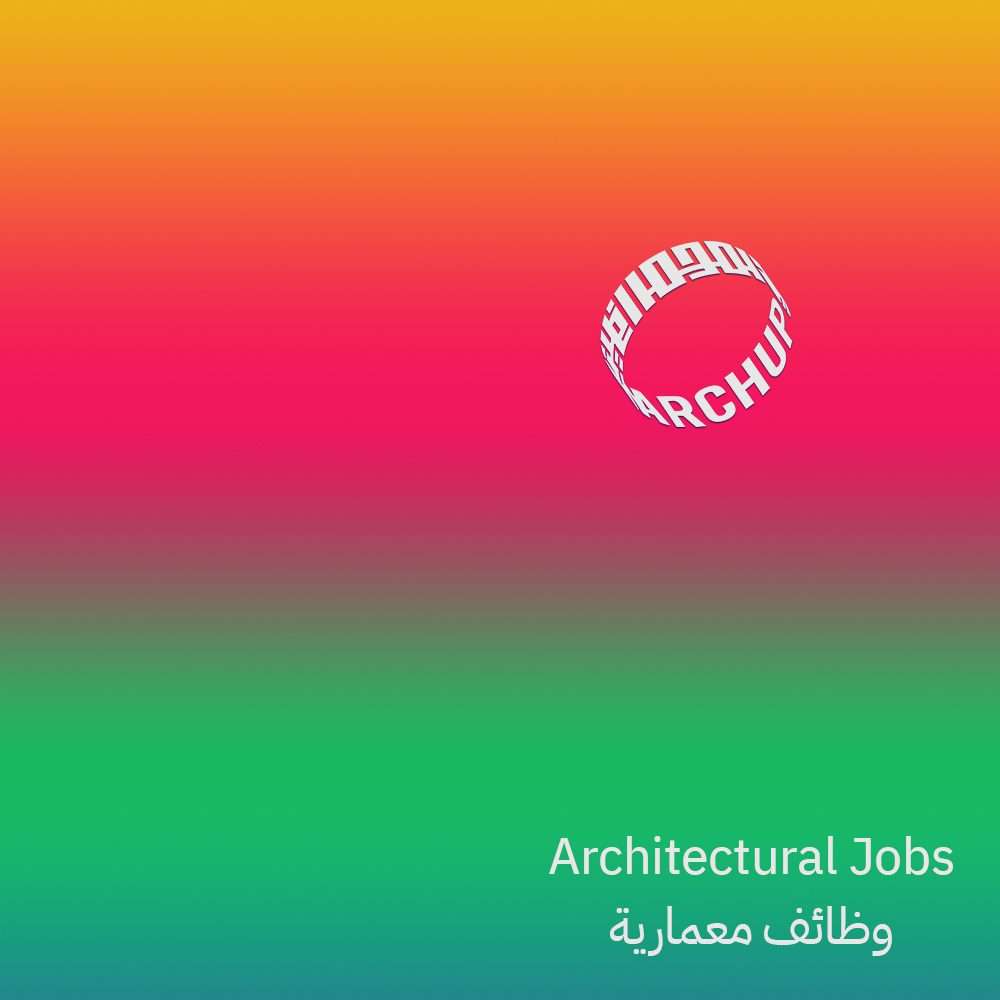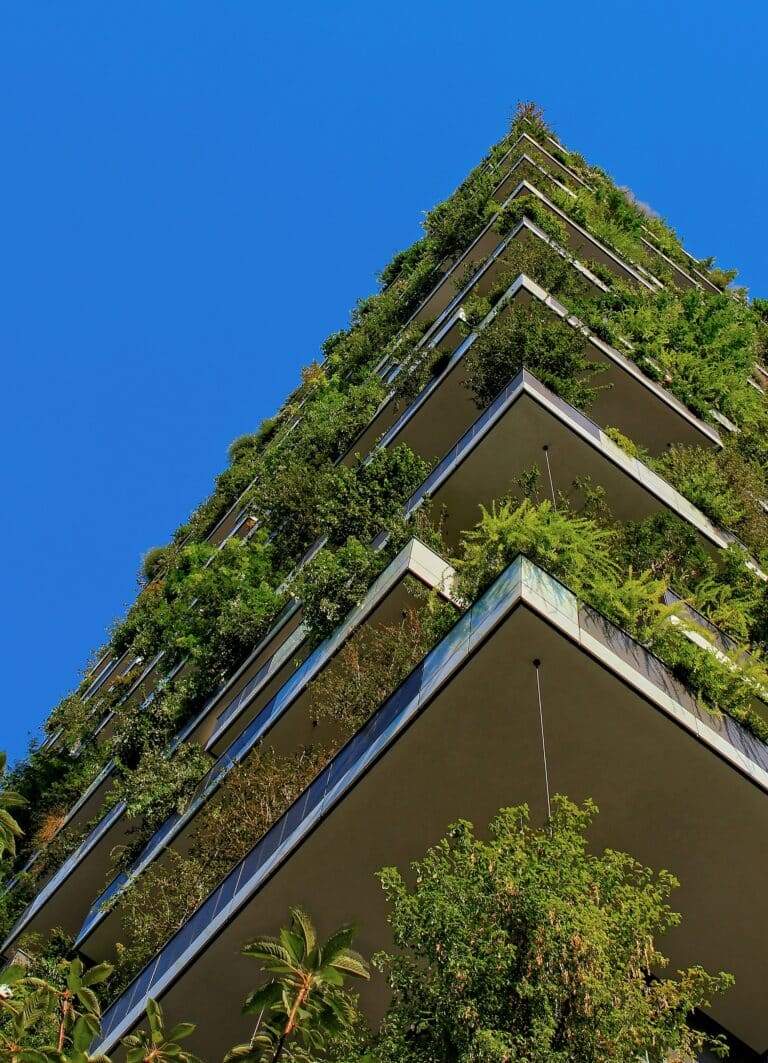Architecture is more than just buildings; it is a fundamental force that shapes social interactions, community identity, and urban life. Thoughtful design can bring people together, foster connections, enhance well-being, and create vibrant public spaces that serve as the foundation of strong communities.
From public parks to shared housing spaces, architecture has the power to transform neighborhoods by encouraging interaction, inclusivity, and a sense of belonging. This article explores how architecture influences community life and how innovative design can strengthen social bonds.
1. Public Spaces as Social Hubs
Public spaces like parks, plazas, and community centers act as gathering points where people can interact, celebrate, and engage in cultural activities. Well-designed public areas encourage social engagement and inclusivity, making cities more livable and enjoyable.
Key Elements of Vibrant Public Spaces:
- Walkability & Accessibility: Ensures that everyone, including people with disabilities, can easily navigate the space.
- Greenery & Open Spaces: Parks and gardens promote relaxation and social interaction.
- Seating & Gathering Areas: Benches, amphitheaters, and shaded spots invite people to stay and interact.
- Cultural & Recreational Features: Art installations, playgrounds, and sports courts enhance the vibrancy of public areas.

2. Community-Oriented Housing Designs
Housing developments can promote or hinder social interaction depending on their design. Community-centered residential projects integrate shared courtyards, communal gardens, and co-living spaces that foster relationships among neighbors.
Principles of Socially Engaging Housing:
- Courtyard Living: Central courtyards encourage spontaneous interactions.
- Mixed-Use Developments: Combining residential, commercial, and recreational spaces fosters community life.
- Co-Living & Shared Spaces: Encourages collaboration and a sense of belonging.
- Sustainable & Affordable Housing: Creates inclusive communities accessible to diverse social groups.
3. Streets and Mobility: Encouraging Interaction
Streets are more than just transport routes; they are social spaces where people connect. Thoughtful urban planning can transform streets into lively, interactive environments that prioritize pedestrians, cyclists, and public transit users.
Key Urban Design Strategies:
- Pedestrian-Friendly Streets: Wider sidewalks, shaded walkways, and traffic-calming measures encourage walking.
- Bike Lanes & Public Transport: Reduces congestion and enhances accessibility.
- Pop-Up Markets & Outdoor Cafés: Creates informal meeting spaces.
- Smart Lighting & Safety Features: Encourages community use at all hours.
More on ArchUp:
4. Cultural & Historical Preservation in Architecture
Preserving historic buildings and integrating cultural identity into modern designs can strengthen community pride and collective memory. Adaptive reuse of old structures and incorporating local architectural styles keep traditions alive while adapting to contemporary needs.
Strategies for Cultural Preservation in Architecture:
- Restoration & Reuse of Historic Buildings: Preserves cultural identity while making spaces functional.
- Integration of Local Materials & Techniques: Maintains authenticity and connection to heritage.
- Public Art & Murals: Reflects community stories and values.
- Flexible Spaces for Cultural Events: Encourages gatherings and celebrations.
5. Sustainable & Resilient Community Design
Sustainable architecture creates healthier, more resilient communities by integrating eco-friendly materials, energy-efficient systems, and climate-adaptive designs. Green infrastructure, such as urban forests, rooftop gardens, and permeable pavements, contributes to environmental and social well-being.
Sustainability Features That Strengthen Communities:
- Green Spaces & Urban Farming: Provides fresh food and improves air quality.
- Renewable Energy & Smart Infrastructure: Reduces environmental impact while enhancing quality of life.
- Disaster-Resilient Design: Prepares communities for climate-related challenges.
- Water Management Systems: Rainwater harvesting and sustainable drainage prevent flooding.

6. Schools & Learning Spaces as Community Anchors
Educational buildings can be hubs for community engagement, serving as spaces for learning, collaboration, and cultural exchange. Schools designed with multipurpose halls, open playgrounds, and libraries can double as centers for public use, benefiting the broader community.
Features of Community-Oriented Educational Spaces:
- Public Access to Libraries & Sports Facilities: Encourages lifelong learning and recreation.
- Flexible Classrooms & Workshop Spaces: Supports both education and community events.
- Outdoor Learning Areas: Strengthens environmental awareness and creativity.
- Cultural Exchange Programs in School Design: Promotes inclusivity and diversity.
7. The Role of Smart Technology in Community Architecture
Smart cities leverage technology-driven design to create more efficient, connected, and interactive communities. From smart lighting to AI-driven traffic management, these innovations improve the quality of life and promote social engagement.
Technology in Community-Focused Architecture:
- Smart Lighting & Sensors: Enhances safety and energy efficiency.
- Digital Community Boards & Apps: Facilitates communication and event organization.
- AI-Managed Public Transport: Reduces congestion and enhances mobility.
- IoT-Enabled Public Spaces: Offers interactive and engaging experiences.
Conclusion
Architecture has the power to shape social interactions, strengthen community bonds, and enhance urban life. Through well-designed public spaces, sustainable communities, and culturally inclusive buildings, cities can become more connected, resilient, and socially vibrant. As urban areas continue to grow, architects and planners must prioritize human-centered design to create spaces that bring people together and enhance collective well-being.







